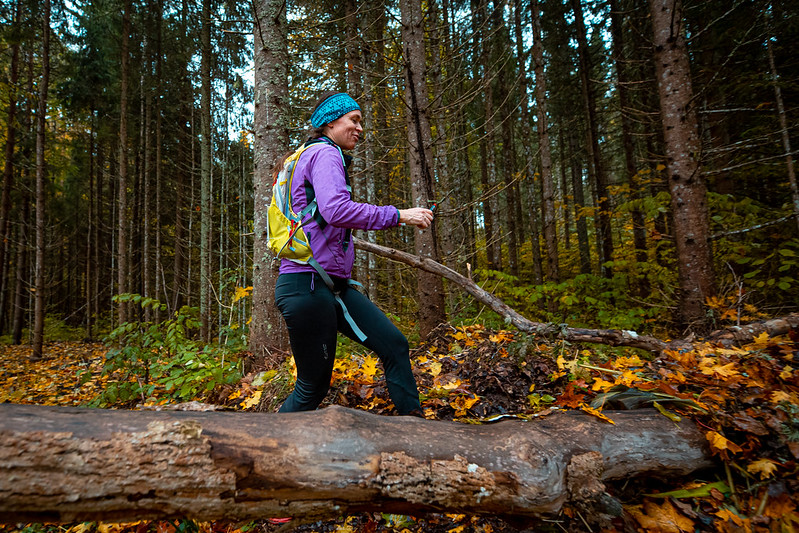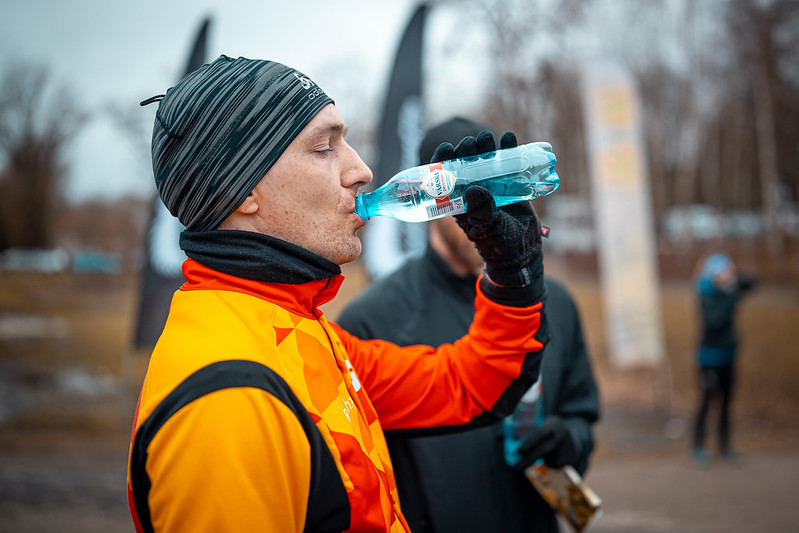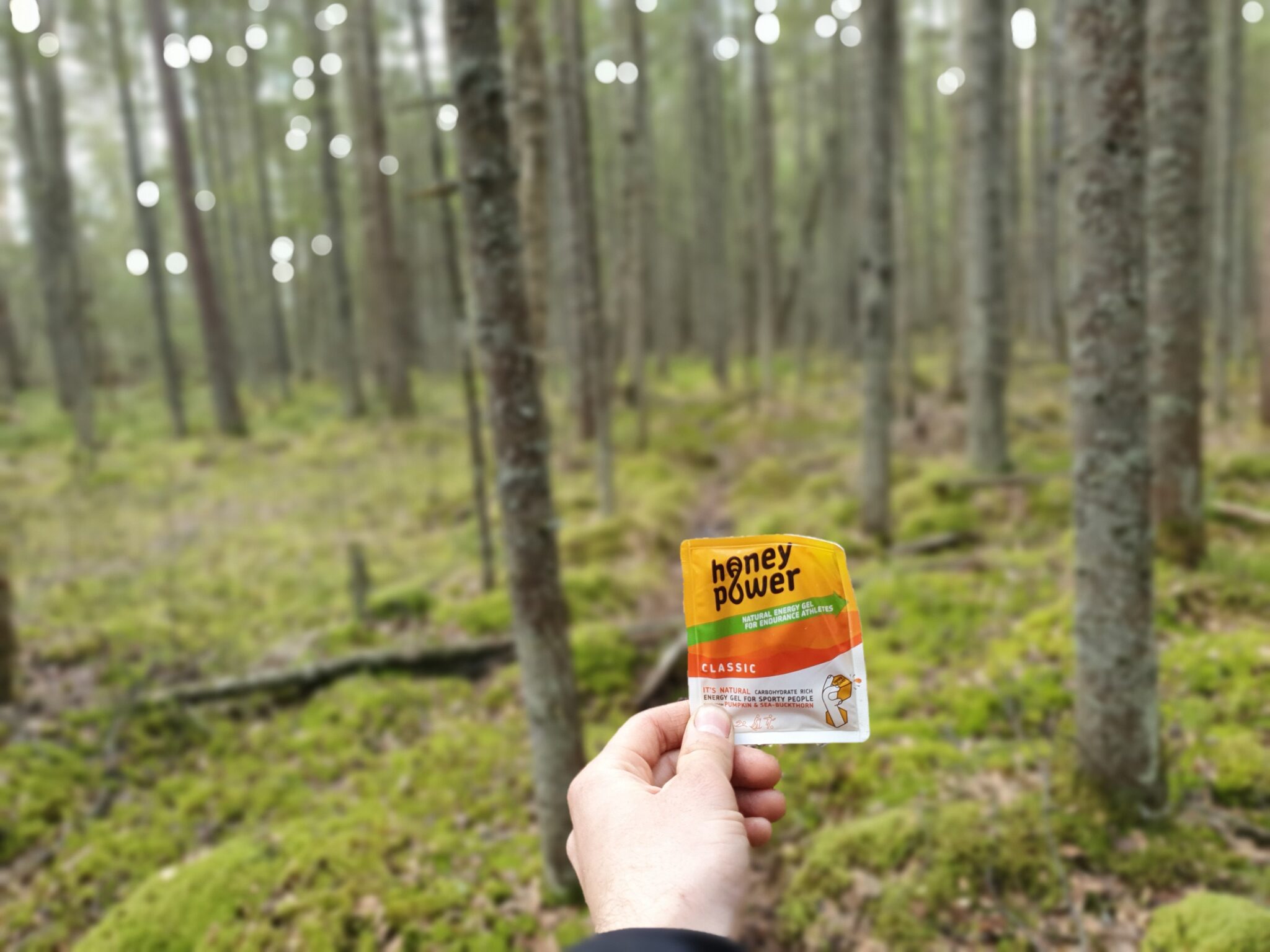What to take along to the rogain?
Considering the length of the rogain, the amount of items to bring along naturally varies. Currently, we’ll discuss the topic in the context of a 3-hour rogain.
Let’s start with the fact that people and their goals are very different, so it’s relatively difficult to provide definitive recommendations here. Some manage with very little. However, we’ll try to discuss the “average” needs and general background information. Ultimately, everyone knows their needs best. But let’s get down to it!

WATER
There’s not much room for debate here. Water is essential when being active for 2-3 hours. Even if you’re just walking/hiking, your body still loses fluid, which needs to be consistently replenished.
It’s also important to note that it’s crucial to drink enough before heading out on the trail. However, this doesn’t mean chugging a bottle in one breath, but rather consistently sipping throughout the morning to build a small reserve for the body.
It’s difficult to pinpoint a specific number of how much you should/need to drink in advance. Fluid loss is very individual and depends on many factors (intensity of movement, weather, individual characteristics, etc.). Literature suggests that 750 ml/hour is the maximum the body can absorb. Generally, it’s advisable to take a few sips every now and then (e.g., every 20-30 minutes) to avoid dehydration. However, it’s best to avoid drinking a lot at once. This creates unnecessary discomfort while running and moving. It’s better to drink sip by sip and frequently. If you feel discomfort in your stomach, take a slightly longer break from drinking to allow the liquid to be absorbed properly.

FOOD
Some pack a couple of energy gels, while others bring almost a picnic-worthy feast. When it comes to food, it’s important to consider how quickly you’re moving and what the body is willing to accept. At a slower pace, you can successfully eat solid foods (e.g., sandwiches). At a faster pace, you should choose foods that are easy to digest but provide enough energy. That’s why energy gels and bars are very popular choices. Generally, these are rich in carbohydrates, providing quick energy and easy consumption on the go. Of course, our primary recommendation is HoneyPower products because of their natural ingredients, which make them particularly stomach-friendly.
Various small chocolates and gummy candies are also popular choices because they provide plenty of carbohydrates and are enjoyable to eat. For those who like them, you can also pack raisins, dried cranberries, or similar snacks in your pocket. Since we lose minerals when sweating, it’s also important to replenish them. Therefore, it’s good to have something salty to snack on. Faster movers use salt capsules as an alternative or ensure mineral replenishment with gels or sports drinks.

WHERE TO PUT IT ALL?
Depending on how much stuff you’re bringing, it’s worth choosing the right bag or hydration belt. Often people use a hydration vest, which contains a reasonably large water bladder and a convenient hose system for drinking. Additionally, it generally has various pockets in convenient and accessible places to grab food on the go. When it comes to a backpack, pay attention to its actual comfort and ensure it doesn’t chafe from anywhere. It’s also good if the bag can be tightly cinched around the body to avoid excessive bouncing/movement. The more stuff/heavier the bag, the greater the burden and discomfort on the shoulder girdle. So, choose something light and comfortable to wear and realistically assess your needs on the trail. For urban rogaines, it’s an advantage to have a debit card or some cash on hand, so you can stop by the store if necessary!
Oh, and a SI-card and compass wouldn’t hurt either.. 😉





